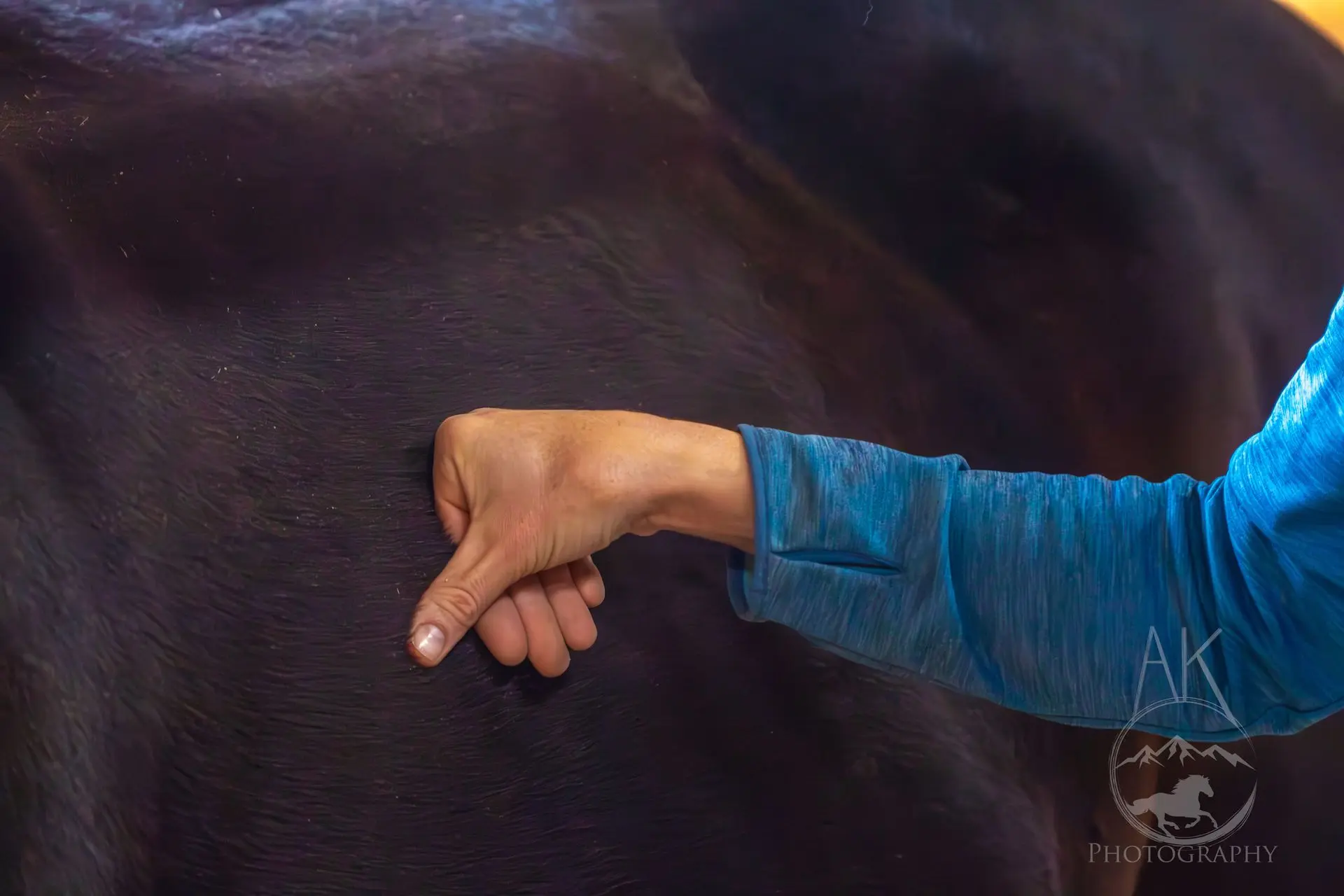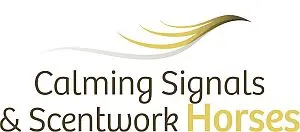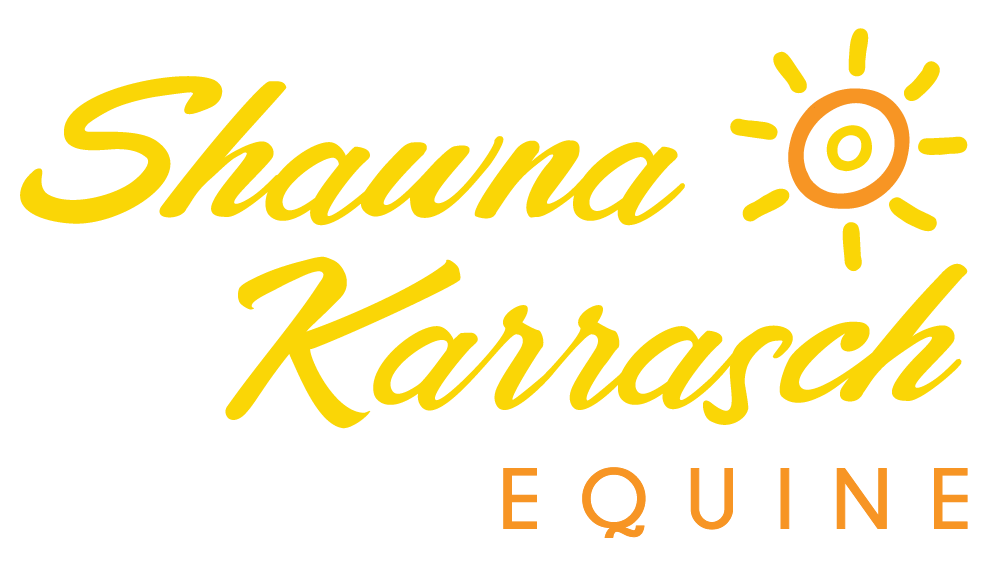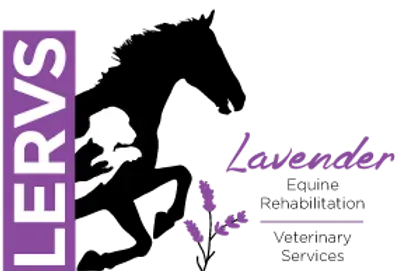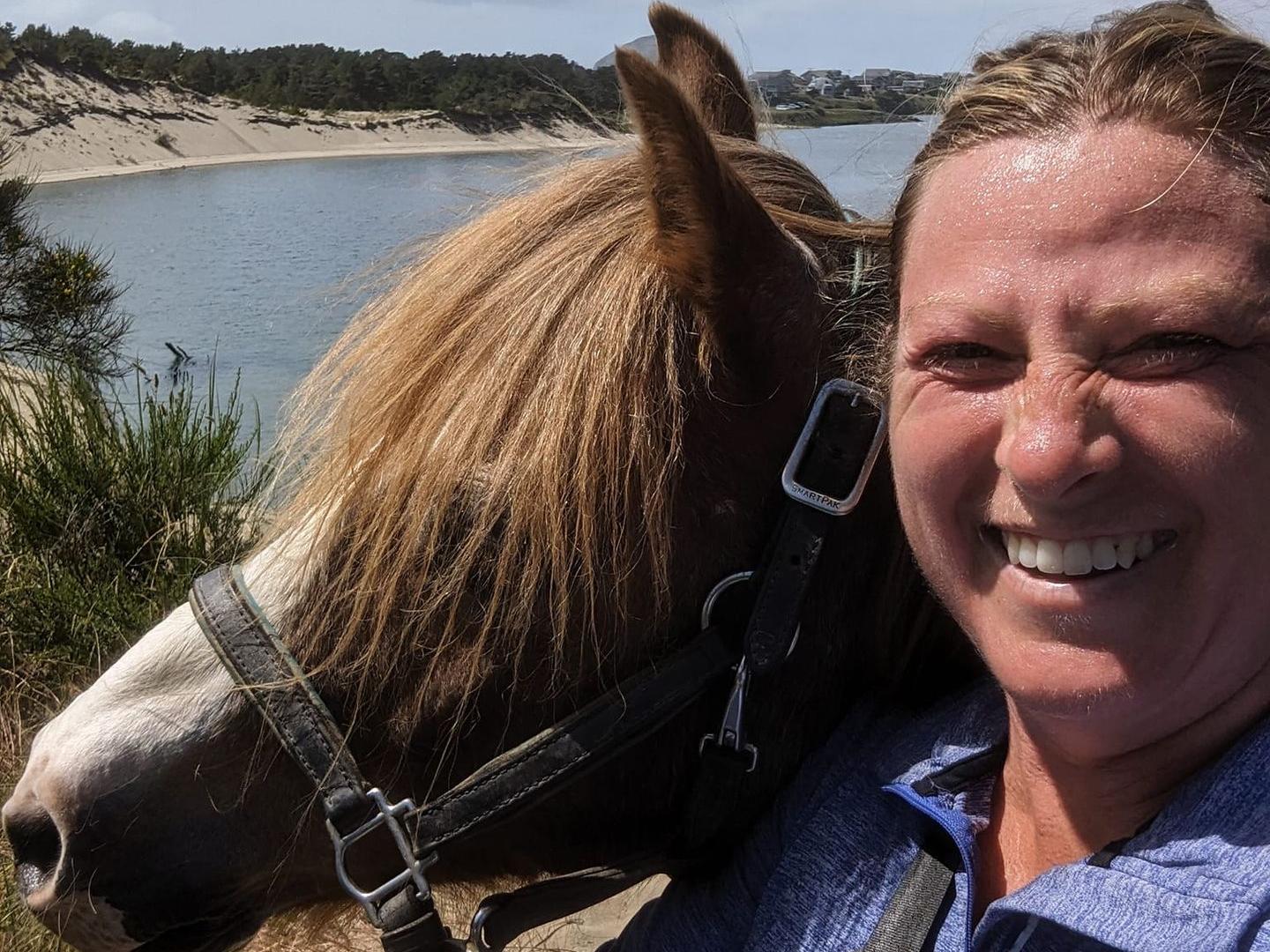Equine Structural Integration
Equine structural integration, a type of equine bodywork, is a hands-on approach for optimizing a body's alignment and movement patterns. Through targeted manipulation of tissues, it aims to release tension and improve posture, leading to increased flexibility and comfort. Sessions typically involve a series of treatments to achieve lasting results, leaving one feeling more balanced and free in movements. Many find it beneficial for addressing chronic pain and enhancing overall well-being.
Benefits
- Improved flexibility
- Enhanced circulation
- Reduced muscle tension
- Increased range of motion
- Overall well-being.
It can also help address issues related to posture, balance, performance, and behavior.
A balanced body supports a balanced mind.
Session One
Purpose
- Build trust and rapport with the horse.
- Evaluate the horse’s tension patterns.
Benefits
Release tension/holdings in surface musculature.
Develop a body map to guide the remaining sessions in the series.
Typically one week before session two.
Session Two
Purpose

- Continue building trust with the horse.
- Evaluate changes from the previous session.
- Clear tension in shoulders, hips, hindquarters and legs.
Benefits
Reestablishes power in the hind end.
Frees up tendons and musculature of all four legs.
Initial freeing of superficial and mid-level fascial restrictions in the neck, shoulders, lumbar, pelvis and hip joints.
Provides horse a better sense of balance and stability, allowing them to feel more secure in moving on and off the ground.
Typically one to two weeks before performing session three.
Session Three
Purpose

- Assess changes since previous session.
- Release tension in rib cage and topline.
Benefits
Improves spinal mobility.
Integrates muscle groups that share movement functions.
Typically two to three weeks before session four.
Session Four
Purpose
- Perform movement assessment.
- Assess changes from previous session.
- Identify and release remaining tension identified in movement assessment.

Benefits
Connects front and hind ends through the barrel.
Enhances fluidity of whole body motion.
Typically three to four weeks before session five.
Session Five
Purpose
- Assess changes from previous session.
- Identify and release remaining areas of tension.
- Identify and release any deep adhesions that present.
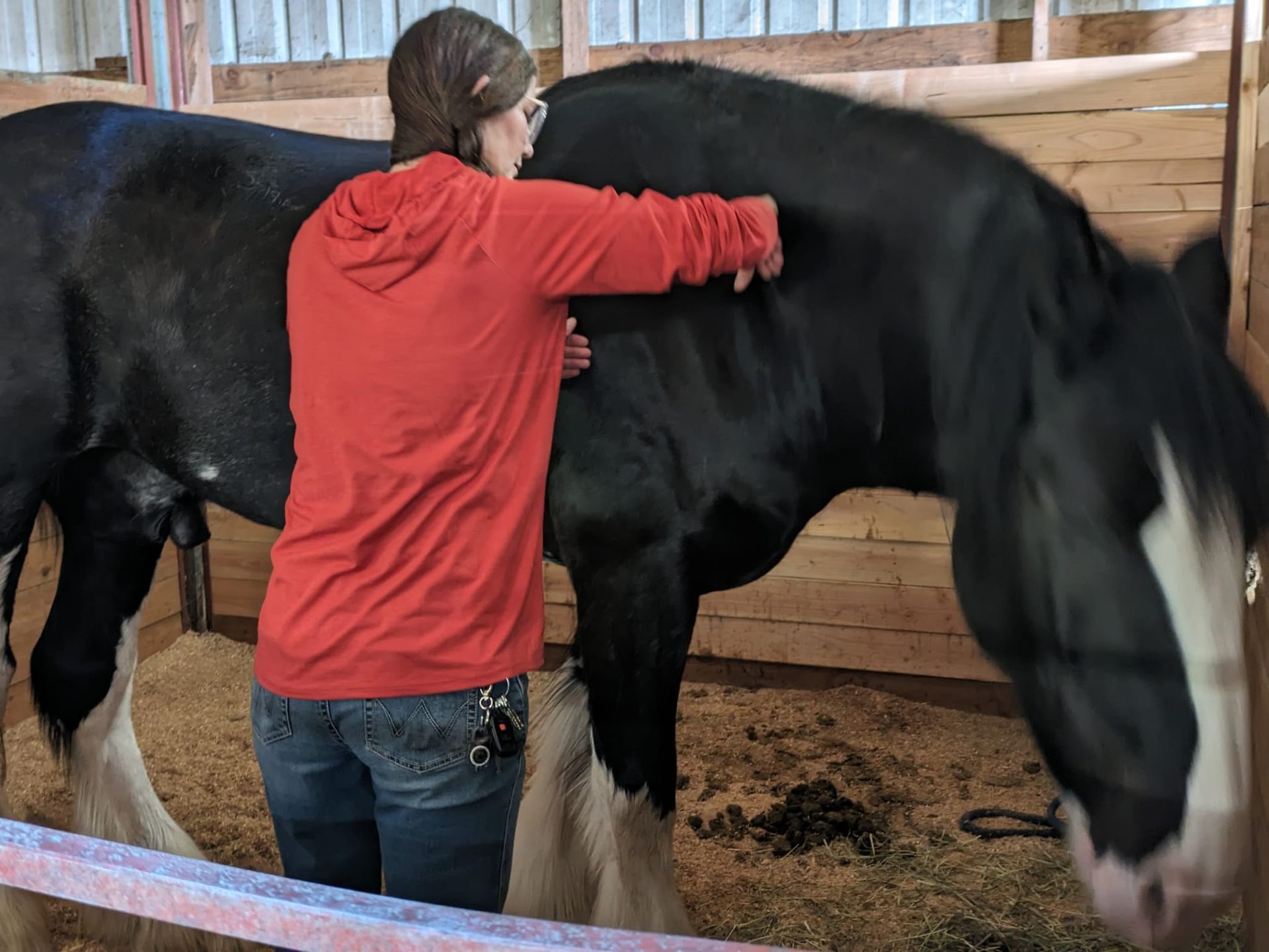
Benefits
Reinforces the flexibility of fascia as the horse establishes an integrated movement pattern.
Maintenance sessions every three to six months or as needed.

